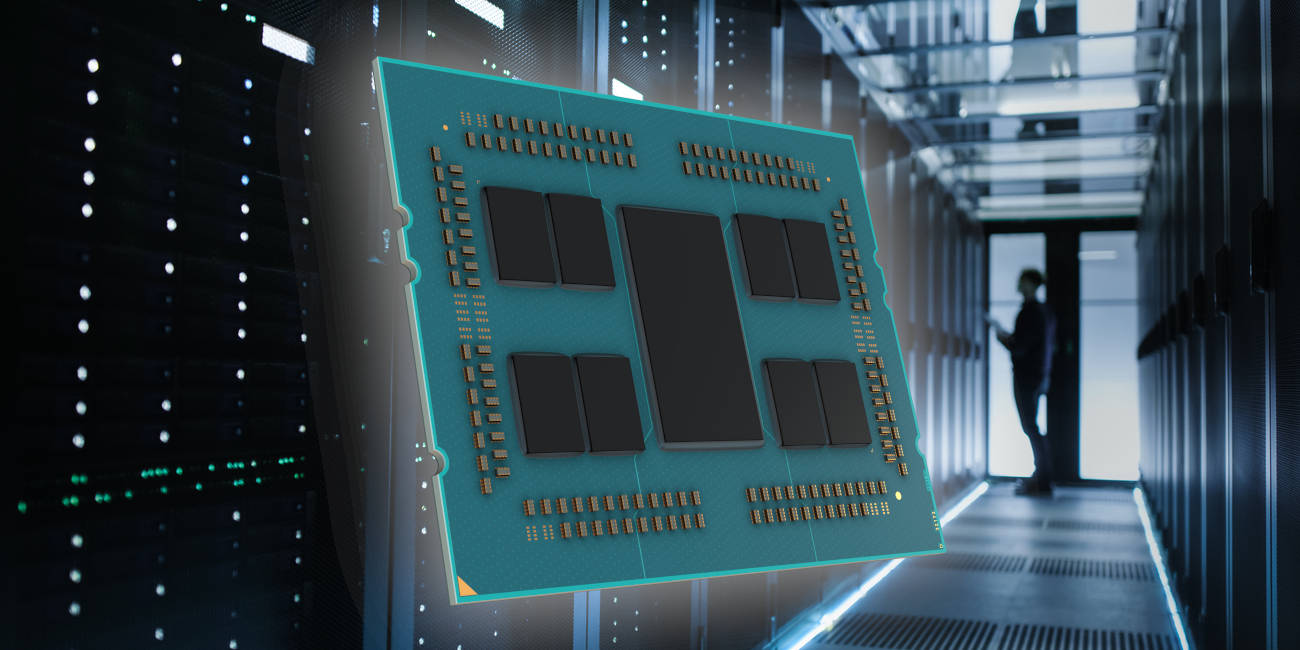The Future Of Datacenter Computing

Sponsored Post With every new generation of server processors and the systems that use them, there is an opportunity not only to drive performance but also to drive down the total cost of compute and allow companies to get more done within the same IT budget, or actually even cut costs.
So it is for AMD's newly launched 4th generation EPYC™ server X86 processors, known by the code-name "Genoa" and sold under the EPYC 9004 brand, and the Supermicro H13 series systems which they power.
This is arguably the most important server CPU launch in AMD's history. But it's perhaps equally as significant for the OEM and ODM system makers and the customers who buy compute engines for the datacenter.
That's why Timothy Prickett Morgan of sat down with Dr Lisa Su, chief executive officer of AMD, and Charles Liang, chief executive officer of Supermicro, to talk about the Genoa chips and the immediate and long-term future of computing in the datacenter.
There are a lot of issues at play in the datacenter today. Customers want more performance, but the slowdown in Moore's Law improvements in transistor density means systems are throwing off a lot more heat. Luckily, the performance is climbing faster than the server processors' thermals and rising a lot faster than the price of these compute engines. That means performance per dollar and per watt are making big strides with the Genoa chips.
In this interview, The Next Platform asks:
- What is driving the increasing momentum of AMD's datacenter business with each successive EPYC generation?
- What kind of pull is Supermicro seeing for high core count server CPUs from its channel partners and large enterprise customers?
- How important is a consistent and predictable server CPU roadmap compared to economic value and raw performance?
- How is Supermicro growing at least 3.5X faster than the server market at large?
- With electricity prices on the rise, how important is power efficiency at the CPU level, the system level, and the rack level?
- Can the rate of advancement that AMD has seen in the previous four generations of EPYC processors be sustained over the next four generations of EPYC CPUs in the future?
You can watch the interview at this link. Please do.
Microsofts Emissions Surge Nearly 30% Amid AI Demand Growth
Microsoft has reported a nearly 30% increase in its emissions from 2020 to 2023, underscoring the challenges the tech gi... Read more
Impact Of AWS Leadership Change On The Global AI Race
The recent leadership transition at Amazon Web Services (AWS), with Adam Selipsky stepping down and Matt Garman taking t... Read more
The Global Impact Of App Stores On Technology And Economy
Since Apple launched its App Store in 2008, app stores have become a central feature of the digital landscape, reshaping... Read more
Alibaba's Cloud Investment Strategy: Fuelling AI Innovation And Growth
Alibaba Group's cloud business, Alibaba Cloud, has emerged as a powerhouse in the tech industry, spearheading innovation... Read more
Elon Musk Takes On Government 'Censorship': A Clash Of Titans In The Digital Arena
Elon Musk's recent endeavors to challenge government-led content takedowns mark a significant development in the ongoing... Read more
Apple Faces Backlash Over Destructive IPad Advertisement
Description of the iPad advertisement:Analysis of the backlash:Impact on Apple's reputation:Apple's response and actions... Read more

